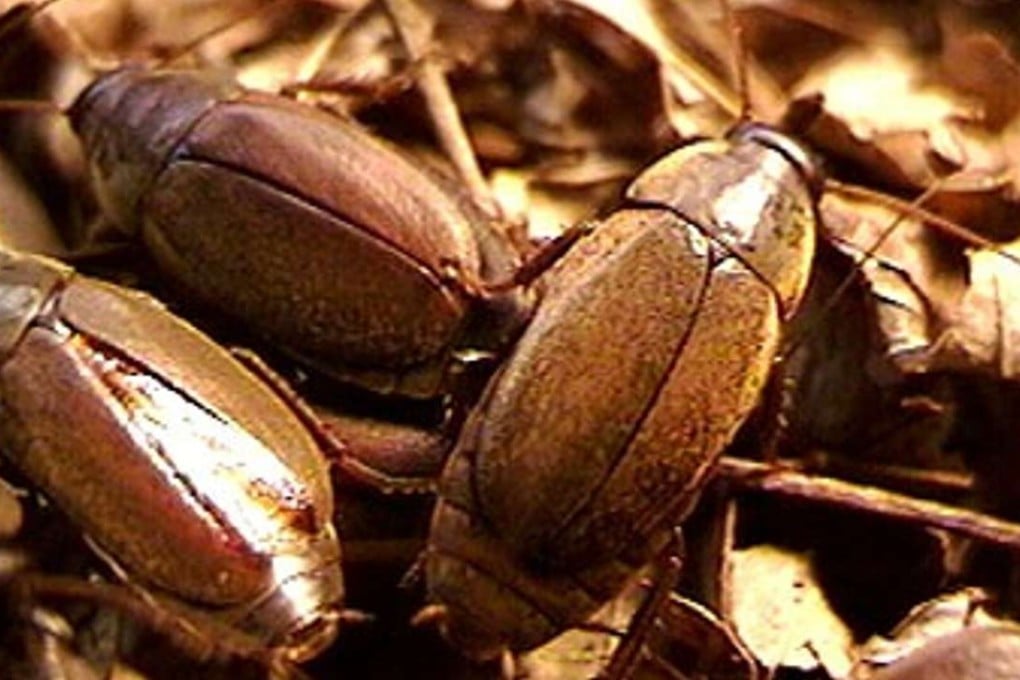It’s no gag: cockroach milk is one of the world’s most nutritious and calorie-rich substances, scientist says

The milk crystals of the Pacific beetle cockroach are beautiful. Slice open an embryonic roach under a microscope, and the crystals spill out in a shower of nutrient-dense glitter.
But the flavour of cockroach milk is nothing to write home about. Subramanian Ramaswamy, a biochemist at the Institute for Stem Cell Biology and Regenerative Medicine in Bangalore, India, admits as much. As a party dare - he’d lost a drinking competition - one of Ramaswamy’s colleagues once ate a sprinkling of the crystals.
“He said it doesn’t taste like anything special,” Ramaswamy said.
Most roaches lay eggs. Not the Pacific beetle cockroach. It gives birth to live young, popping out babies by the dozen in fleshy organs called brood sacs. And like humans, mother Pacific beetle cockroaches produce food for their offspring. The embryos dine on a liquid substance packed with fats, sugars and protein. You can think of this like cockroach milk.
It gets weirder.
Insect experts have long known that this cockroach species secreted liquid food. But they thought baby roaches simply digested the stuff. When Barbara Stay, a zoologist at the University of Iowa, first stumbled upon a cache of crystals tucked inside the embryos, scientists were stumped.